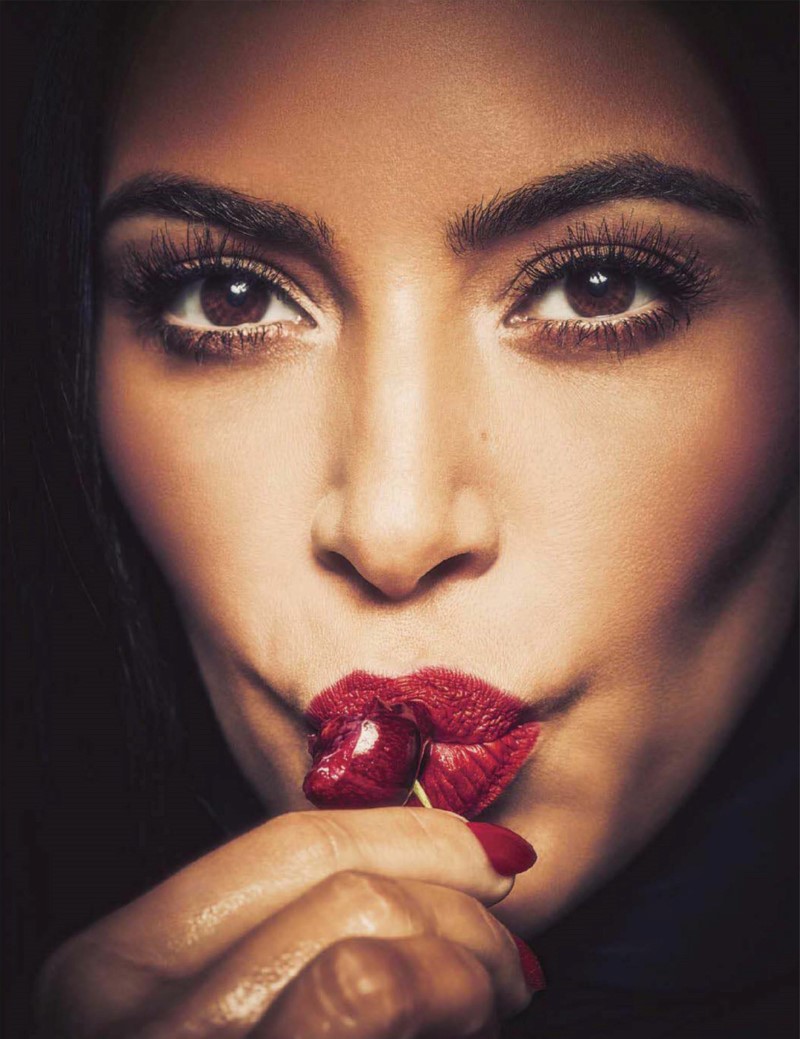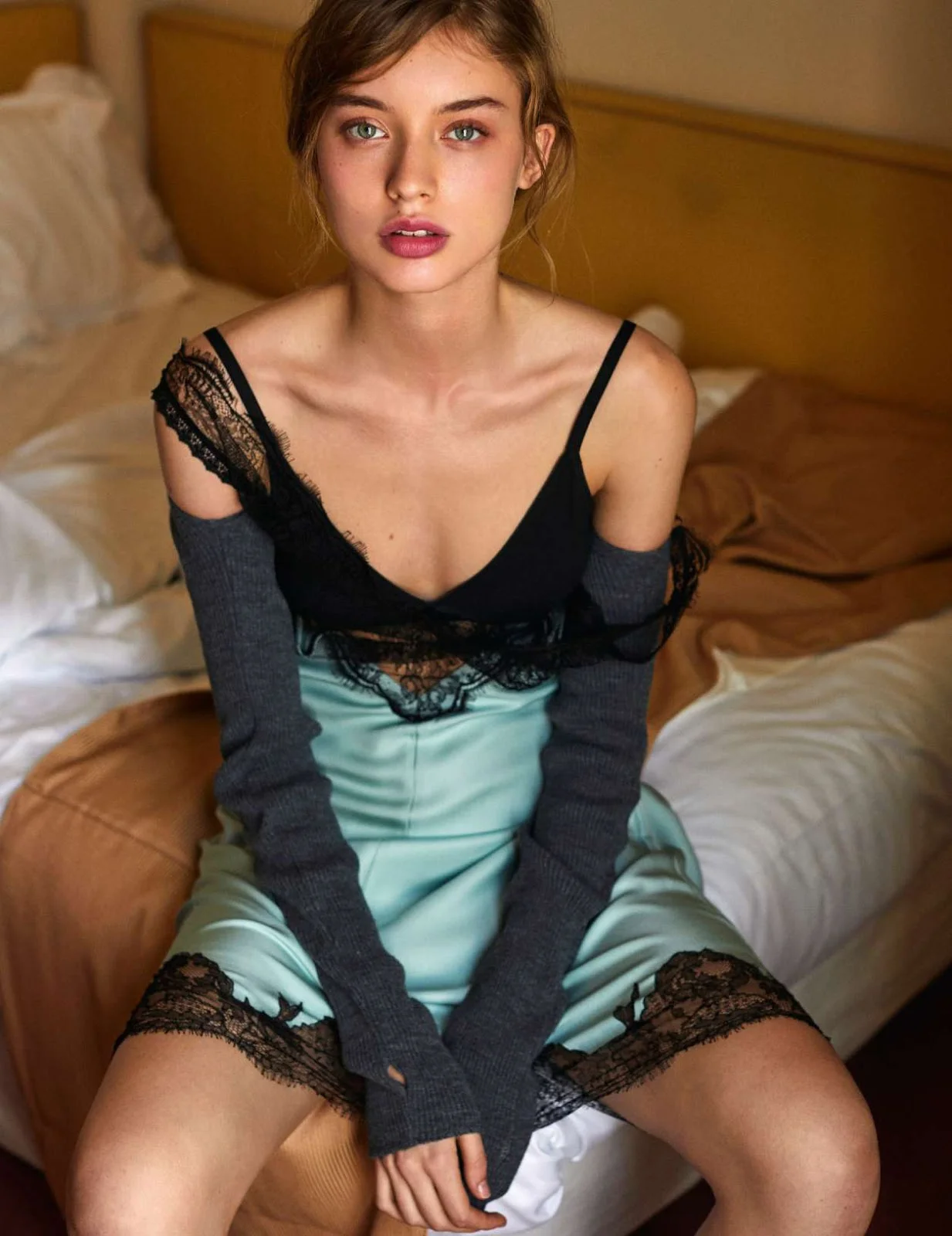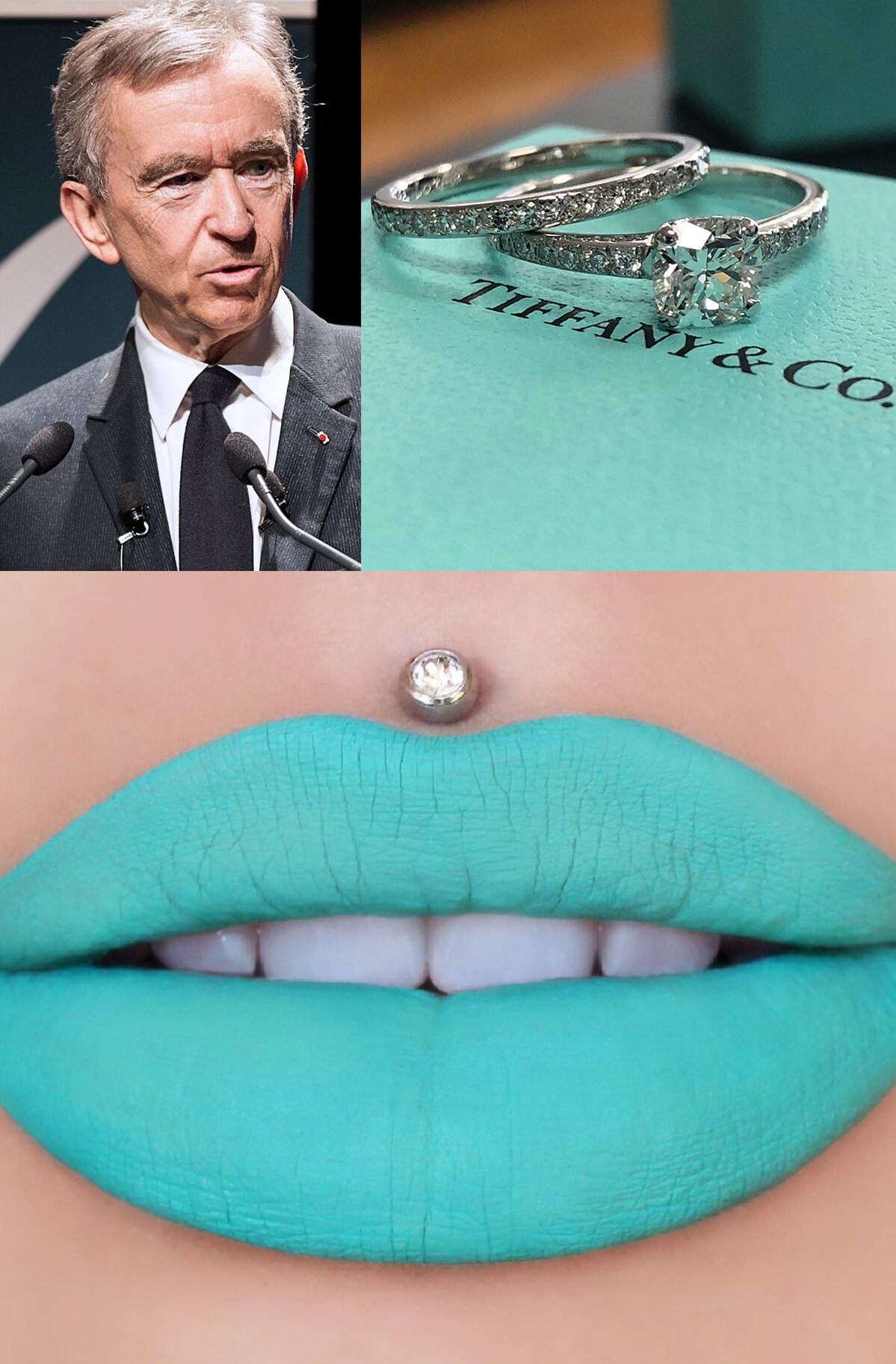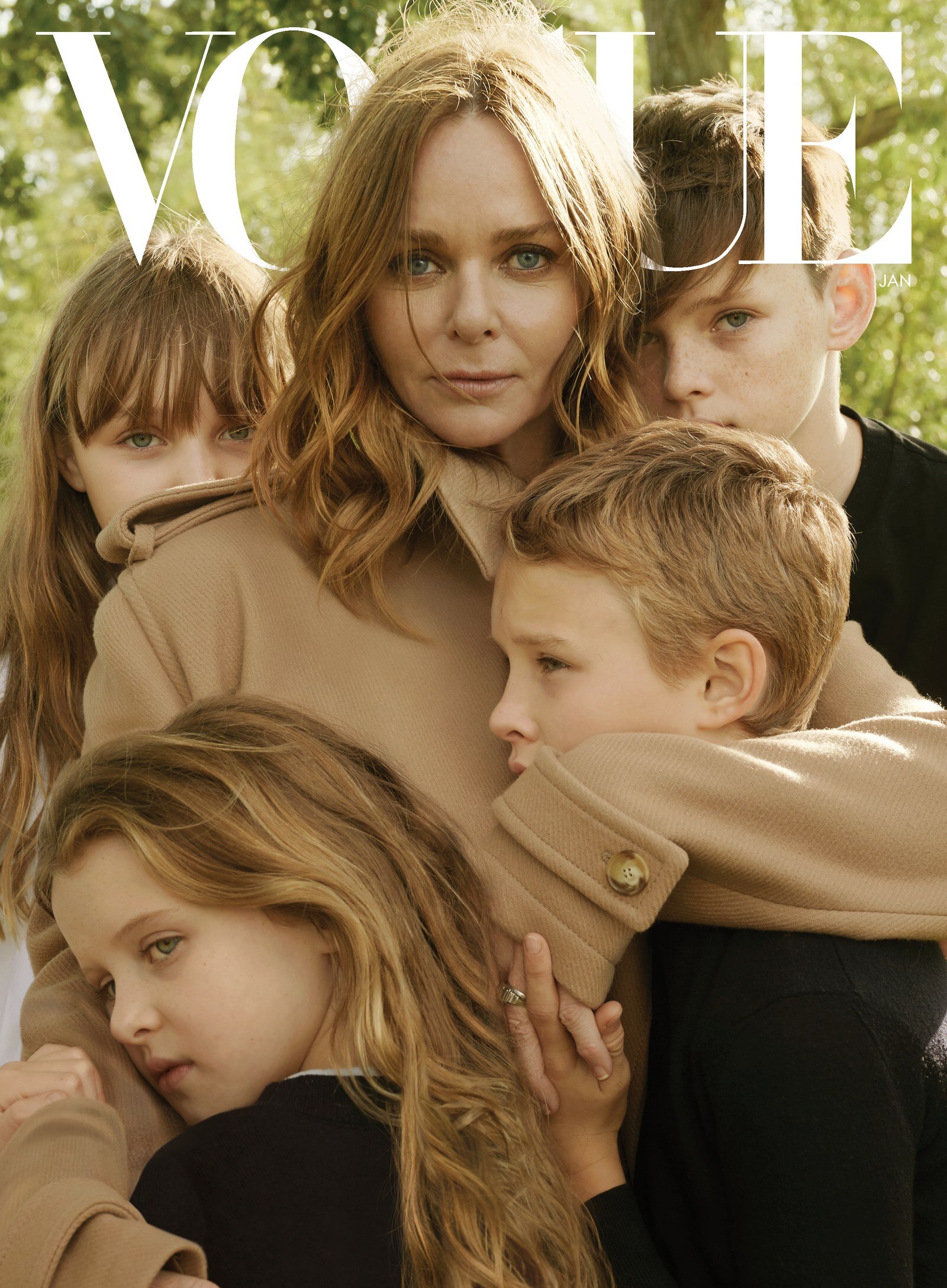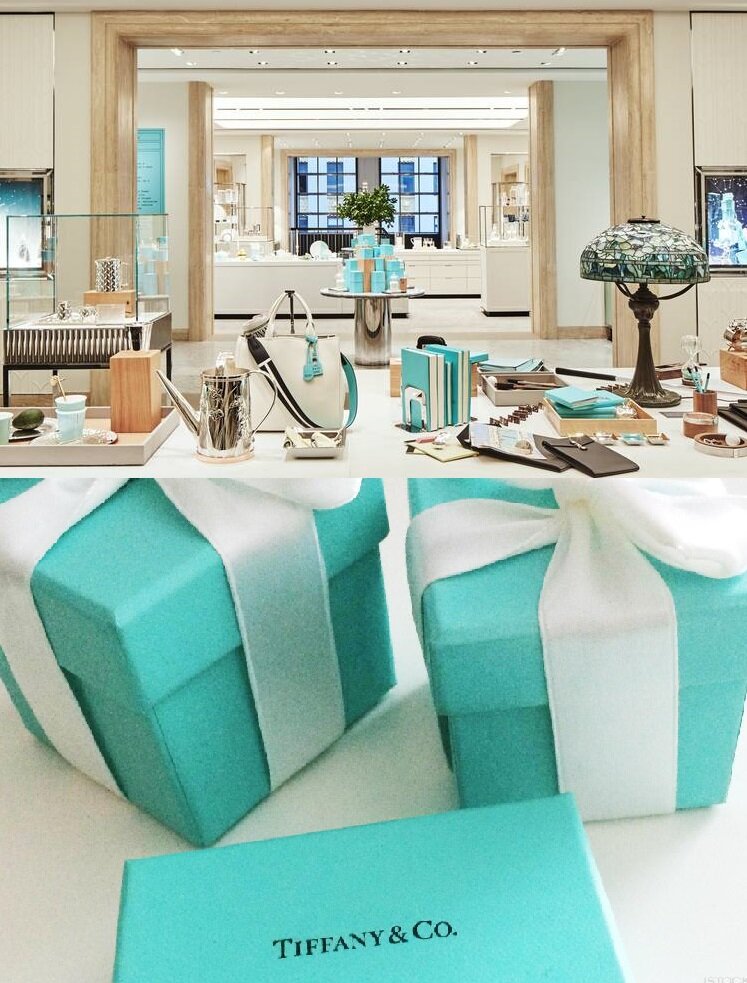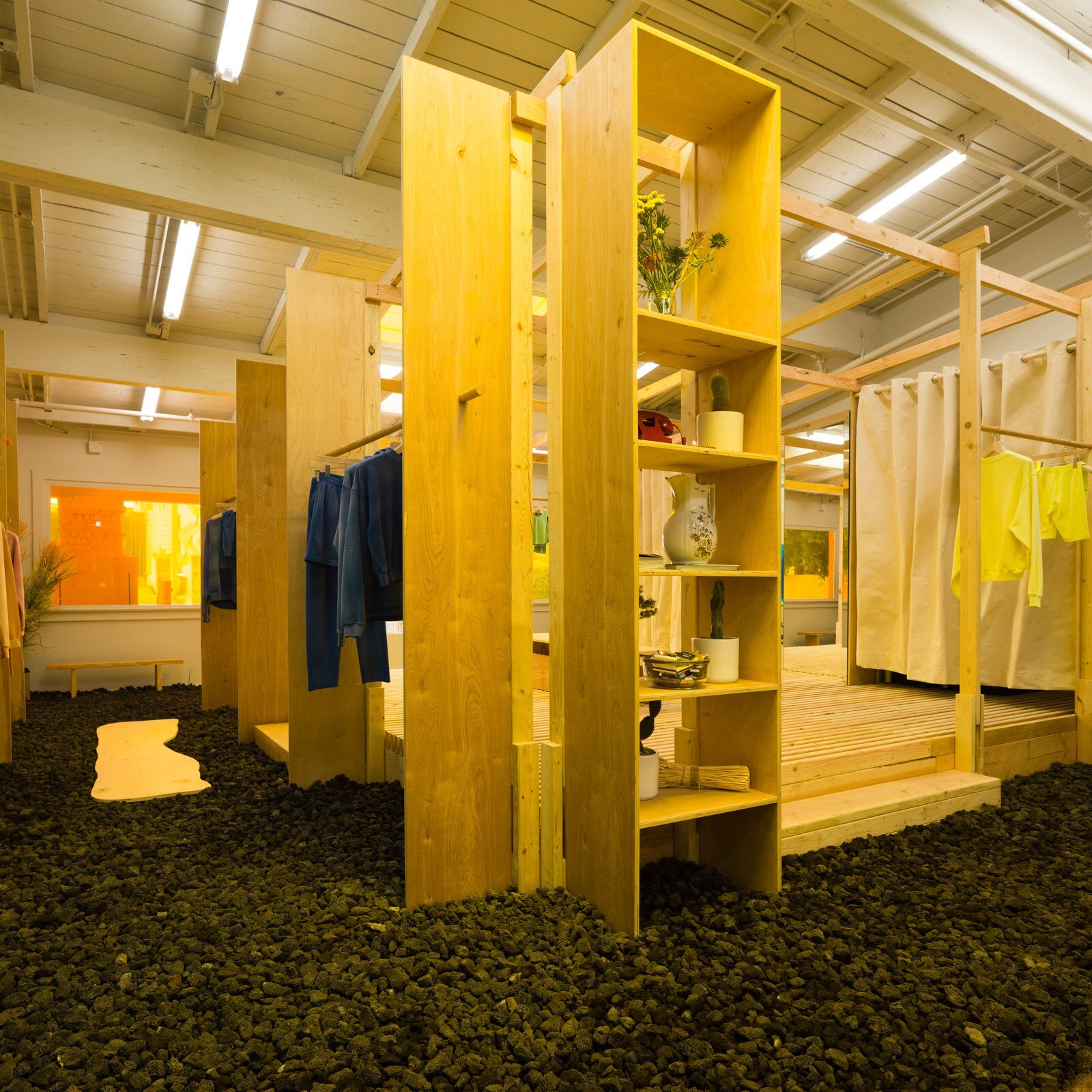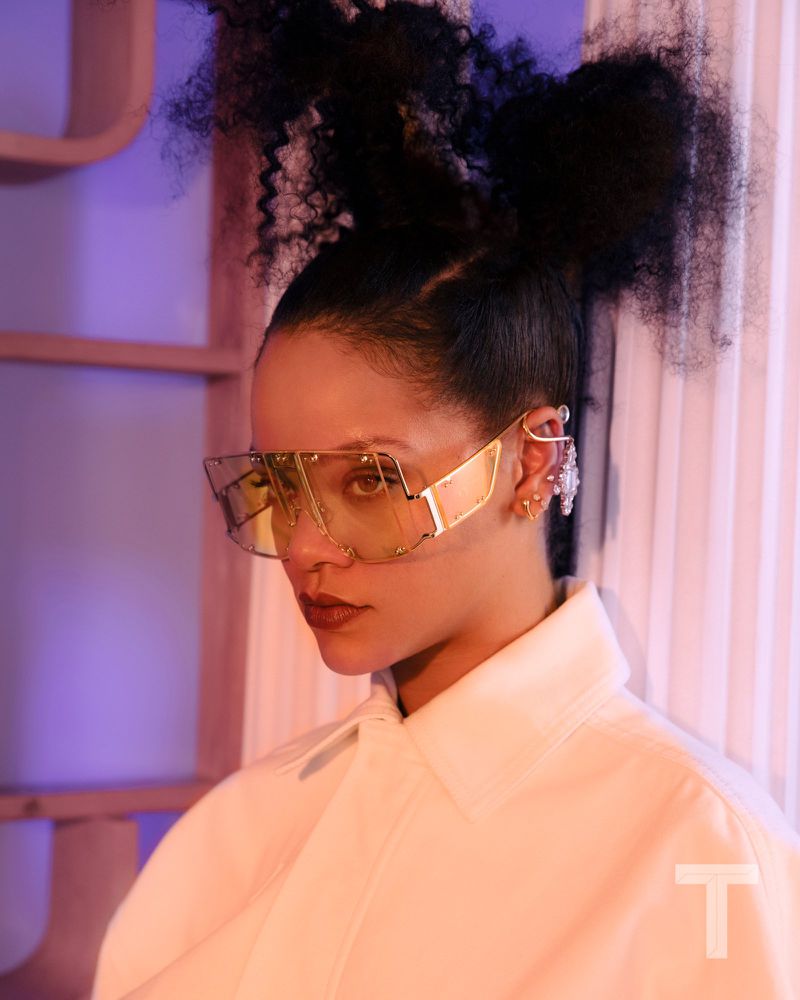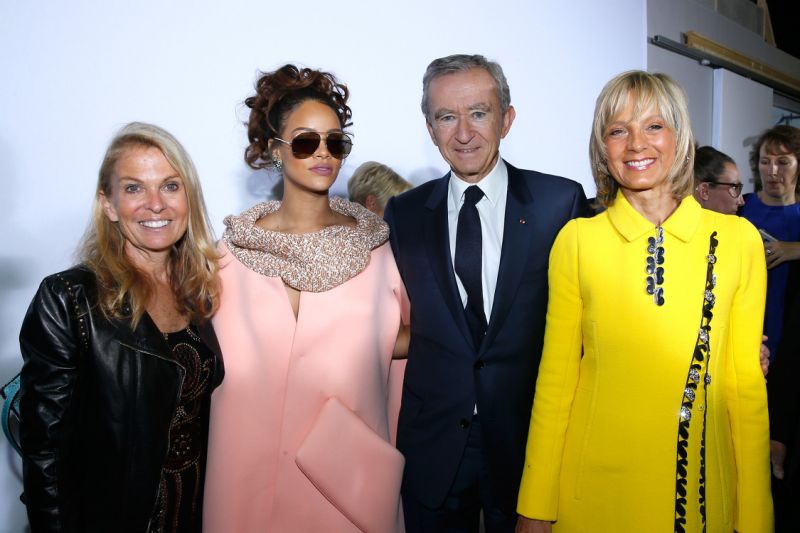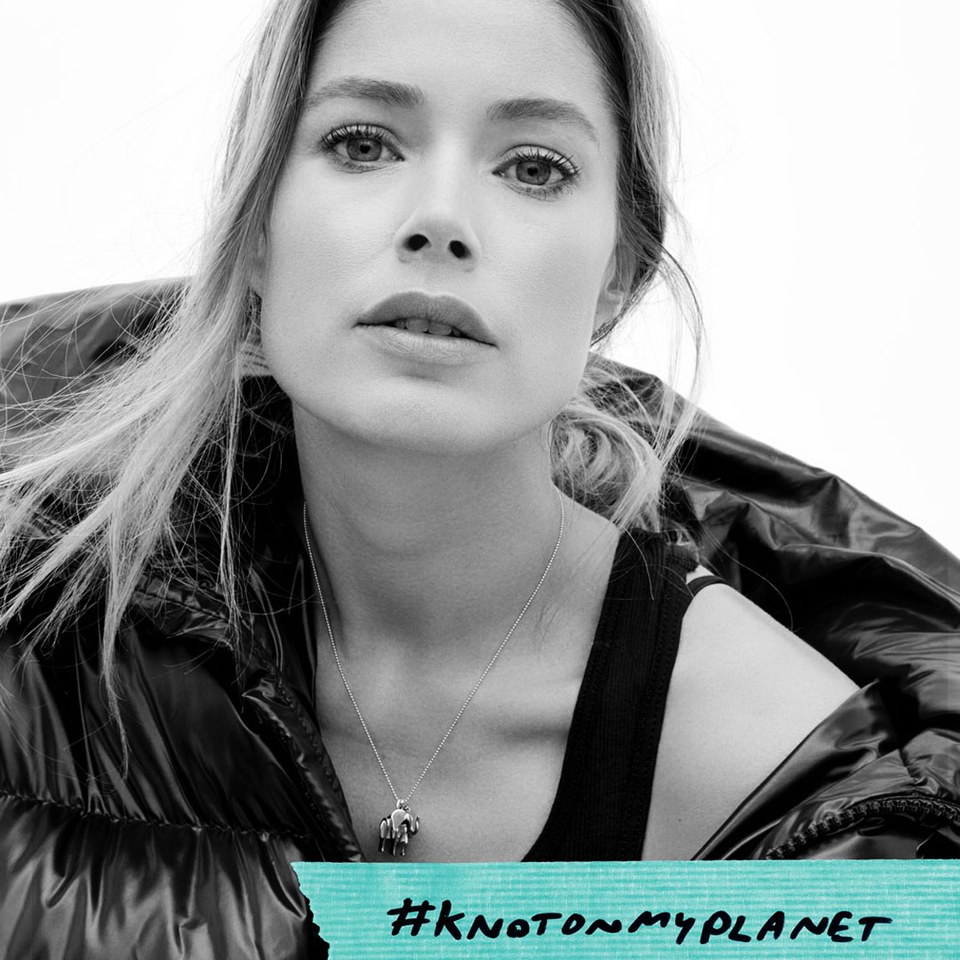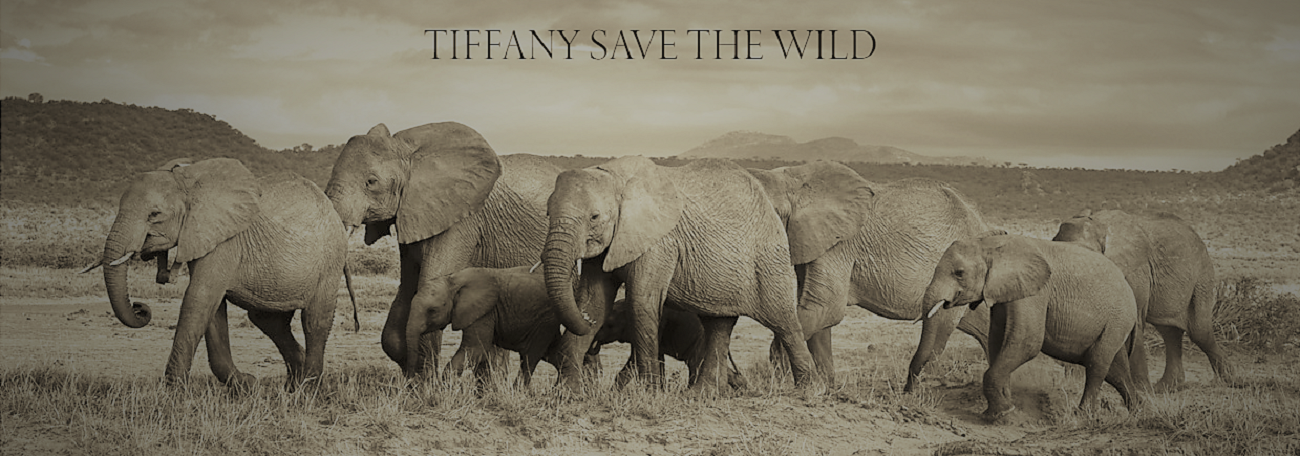LVMH Announces Acquisition of Tiffany & Co for $16.2 Billion | Biggest Deal Ever in Luxury
/LVMH Moët Hennessy Louis Vuitton, the world’s largest luxury company, led by Bernard Arnault, founder, chairman and largest shareholder of LVMH, announced on Monday that his proposed acquisition of Tiffany & Co has been accepted. The $16.2 billion deal makes it the largest ever in the luxury sector and represents an increase over LVMH’s opening bid of $14.5 billion.
“Tiffany is an American icon and was on the list of brands for a long time we thought was a good potential match,” Mr. Arnault told the New York Times in a telephone interview from Paris.
“We expect this to be the starting gun for a further round of industry consolidation in the luxury sector over the next 12 to 18 months, with the significant polarization we continue to see between the stronger and weaker brands,” said Swetha Ramachandran, an investment manager at GAM Global Luxury Brands Fund.
The acquisition marks the second major move into the American luxury market by LVMH this year. In a major innovation move, LVMH created a new luxury house Fenty, with Rihanna earlier this year. That major launch was also accompanied by the LVMH announced acquisition of Belmond luxury travel group late in 2018, along with a significant investment in Stella McCartney, that left the designer with majority control. McCartney also became a chief adviser to LVMH on sustainability issues.
Arnault stressed that taking Tiffany & Co into the LVMH family will remove the brand from the stress of Wall Street’s demands for consecutive quarter profits.
“We will focus on building long-term desirability,” he said. “When you are an independent brand listed on the American stock exchange, your goal has to be the next quarter profit. We can free them to have a different state of mind in the company.”
When LVMH bought Belmond late last year, AOC asked if Bernard Arnault will save the elephants. Given Tiffany & Co’s ongoing. commitment to elephant conservation, through superwoman Doutzen Kroes’ Knot On My Planet foundation, we will up the ante on the question. There’s a synergy building here for elephants and Africa, and I have a very good feeling about it. LOEWE, another LVMH luxury brand, is also involved with Doutzen and Knot On My Planet. Watch this space. Belmond is deeply invested in sustainable safaris in Africa. ~ Anne
Related:


